Why a Cover Letter Matters in Canada
In the competitive Canadian job market, a well-crafted cover letter is more than just an optional extra; it’s a crucial tool. It serves as your first introduction to a potential employer, providing a vital opportunity to showcase your personality, enthusiasm, and suitability for the role. While your resume offers a snapshot of your qualifications, your cover letter allows you to elaborate on your skills, experiences, and career aspirations, making a compelling case for why you should be considered. It’s your chance to demonstrate your writing abilities, communication skills, and attention to detail – all essential qualities in the Canadian workplace. A thoughtfully written cover letter can significantly increase your chances of landing an interview by capturing the hiring manager’s attention and setting you apart from other applicants. Ignoring this vital step could mean missing out on opportunities, so make sure to give it the time and attention it deserves.
Importance of a Cover Letter
The importance of a cover letter in the Canadian job application process cannot be overstated. It’s your chance to tell your story, connecting your skills and experiences to the specific requirements of the job. A cover letter allows you to go beyond the bullet points of your resume and provide context to your achievements, explaining how your past roles have prepared you for this new opportunity. It demonstrates your communication skills, your ability to articulate your value, and your understanding of the role and the company. By tailoring your cover letter to each job application, you show the hiring manager that you’ve done your research and are genuinely interested in the position. This personalized approach makes a strong impression and significantly increases your chances of getting noticed. Furthermore, a well-written cover letter is a reflection of your professionalism, attention to detail, and commitment to excellence, all of which are highly valued by Canadian employers.
Standing Out from the Crowd
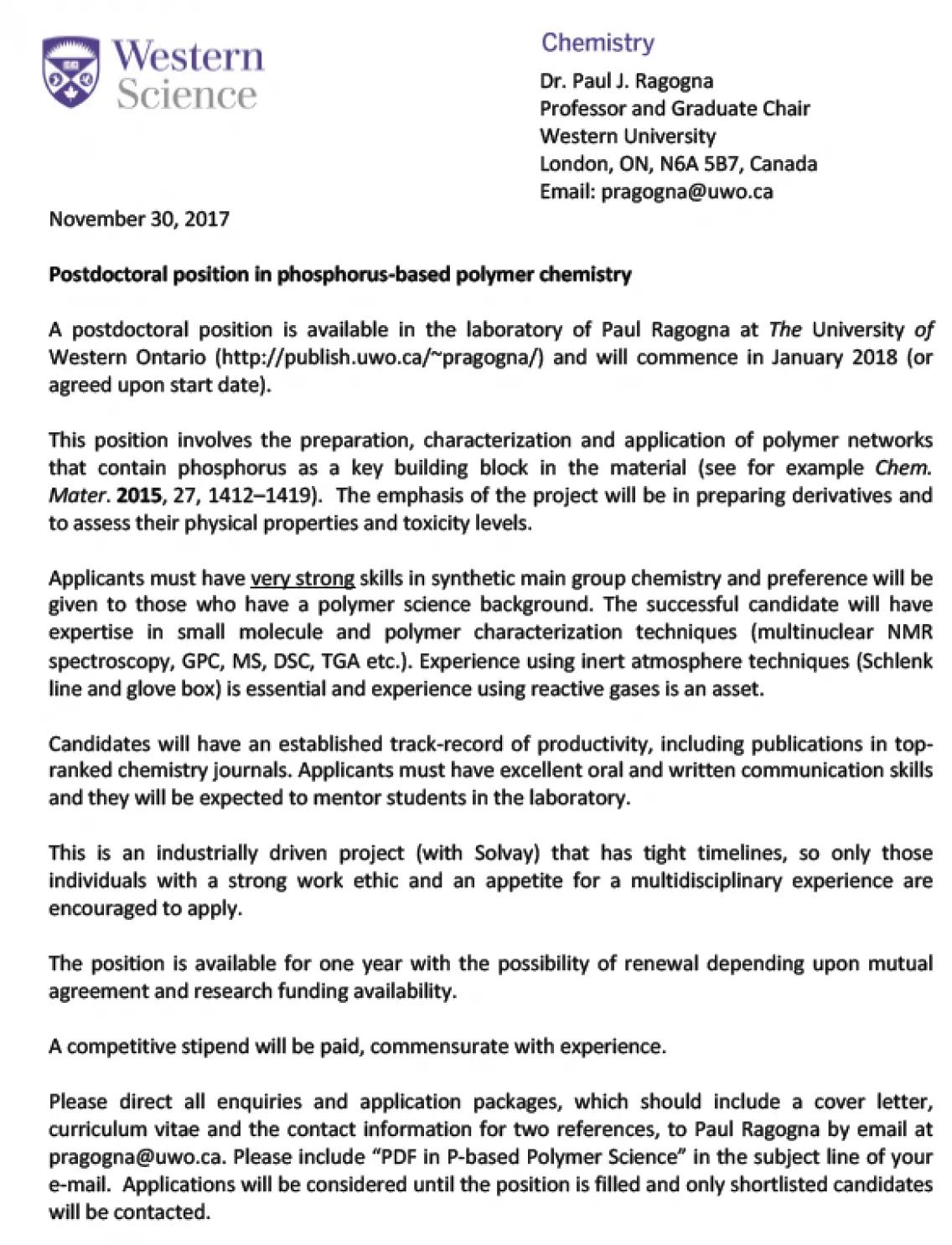
In a crowded job market, standing out is essential, and your cover letter is your secret weapon. It’s your chance to highlight what makes you unique and why you’re the perfect fit for the role. By showcasing your personality, your enthusiasm, and your genuine interest in the company, you can make a memorable impression on the hiring manager. A compelling cover letter demonstrates that you’ve taken the time to understand the job requirements and tailor your application accordingly. It also allows you to address any potential gaps in your resume, such as career changes or periods of unemployment, and frame them in a positive light. By focusing on your achievements, your skills, and your passion for the industry, you can create a cover letter that resonates with the employer and encourages them to invite you for an interview. This approach is particularly important in Canada, where cultural fit and communication skills are highly valued. Don’t just list your qualifications; tell a story that captures the hiring manager’s attention and makes them want to learn more about you.
Essential Elements of a Canadian Cover Letter
A successful Canadian cover letter includes several key elements. These components work together to create a professional, persuasive document that effectively communicates your qualifications and enthusiasm. From the opening salutation to the closing signature, each part plays a vital role in conveying your message and making a positive impression on the hiring manager. By understanding and implementing these essential elements, you can create a cover letter that stands out from the competition and increases your chances of landing an interview. Remember to tailor each component to the specific job and company to make your application as impactful as possible.
Contact Information and Date
Start your cover letter with your contact information, typically aligned to the left or right. Include your full name, phone number, email address, and, optionally, your LinkedIn profile URL. Below your contact information, include the date, which should be the current date you are submitting your application. Ensuring that this information is accurate and easy to find is crucial for the employer to contact you. This simple step ensures that the hiring manager can quickly reach you to schedule an interview or request more information about your qualifications. Ensure consistency with the contact information on your resume.
Recipient Details
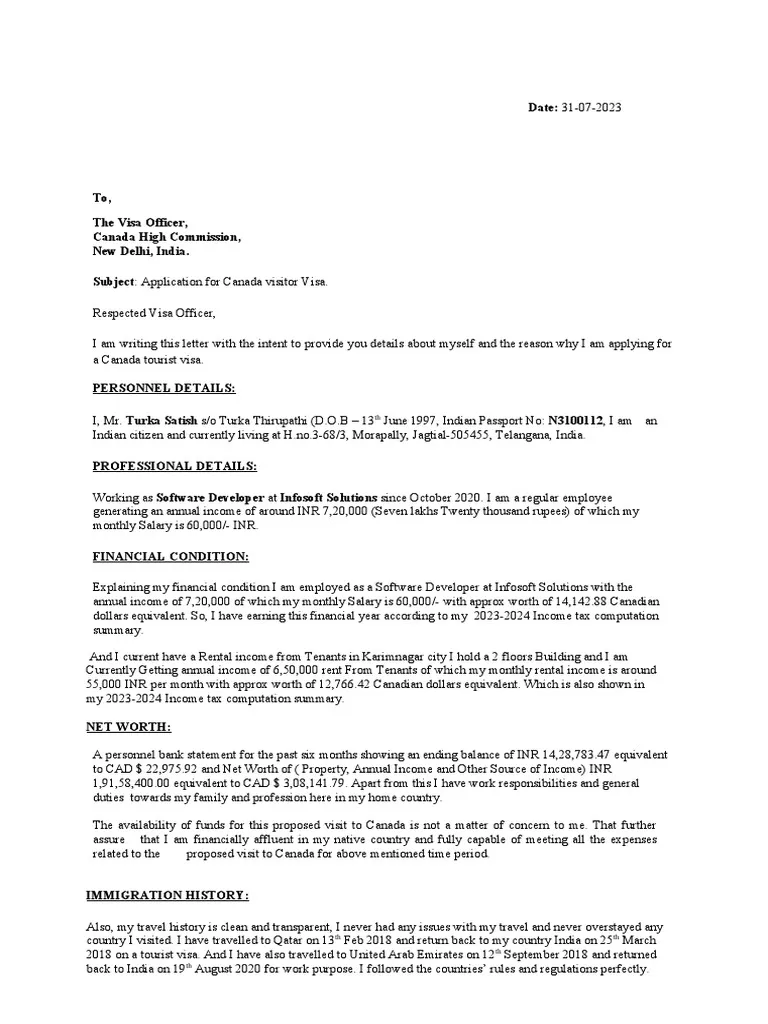
Address your cover letter to the hiring manager or the specific person listed in the job posting. If a name is not provided, do some research, and try to find out who is responsible for hiring. If you are unable to find a name, a general greeting such as “Dear Hiring Manager” is acceptable, but always try to personalize your letter if possible. Addressing the letter to a specific person shows that you have taken the time to research the company and are genuinely interested in the position. Personalization can significantly increase your chances of getting your cover letter noticed. In case you cannot find any name use a neutral greeting like “Dear Hiring Team.”
Salutation Etiquette
The salutation sets the tone for your entire cover letter, so choose it carefully. Use “Dear Mr./Ms./Mx. [Last Name]” if you know the hiring manager’s name. If you’re unsure of the gender, “Mx.” is a gender-neutral option. If you do not know the name, “Dear Hiring Manager” or “Dear [Department Name] Hiring Team” are appropriate alternatives. Avoid overly casual greetings like “Hi” or “Hello” unless explicitly requested by the company’s culture. Ensure your salutation is formal, respectful, and reflects your understanding of professional communication. The salutation sets the stage for the body of your letter; use the appropriate greeting to start on the right foot.
Crafting Your Cover Letter Body
The body of your cover letter is where you make your case. This section should comprise a few well-structured paragraphs, each with a specific purpose. These paragraphs should highlight your relevant skills, experiences, and accomplishments, demonstrating how you align with the job’s requirements. Clearly articulating your value proposition and expressing your enthusiasm for the role and the company is essential. The body of your letter should flow logically, starting with an engaging opening paragraph and concluding with a clear call to action. Each paragraph should have a focused purpose and contribute to the overall narrative. Ensure your writing is concise, compelling, and free of grammatical errors. Consider using action verbs to describe your achievements and quantify your successes whenever possible, and tailor the content to match the specific needs and expectations of the employer.
Opening Paragraph Grabbing Attention

Your opening paragraph is your chance to make a strong first impression. Start with a compelling hook to capture the hiring manager’s attention. You might briefly mention the position you’re applying for, where you saw the job posting, and what initially sparked your interest. You can also include a brief statement of your key qualifications and express your enthusiasm for the opportunity. The goal is to immediately show that you understand the job’s requirements and are eager to contribute your skills. The opening paragraph should be concise, engaging, and set the tone for the rest of your letter. It should encourage the hiring manager to read on and learn more about your qualifications.
Highlighting Relevant Skills and Experience
In the body of your cover letter, connect your skills and experiences to the specific requirements of the job. Review the job description carefully and identify the key qualifications the employer is seeking. Use specific examples from your past experiences to demonstrate how you have successfully applied these skills. Quantify your accomplishments whenever possible by using numbers and data to showcase your achievements. If the job description asks for proficiency in a particular software or skill, highlight your experience with it. Show, don’t just tell. Instead of saying you’re a good communicator, provide an example of a successful presentation you gave or a project you managed. This will make your cover letter more compelling and show the hiring manager that you have the experience necessary to excel in the role. This is where you show them you are a perfect fit.
Tailoring Your Cover Letter to the Job
One of the most crucial aspects of a successful Canadian cover letter is tailoring it to the specific job and company. Generic cover letters are easily identified and often disregarded. Customize your letter by researching the company, understanding its values, and aligning your skills and experience with their needs. Refer to the job description and use the same keywords and phrases the employer uses. Mention specific projects or initiatives that resonate with the company’s goals. Show that you understand the company’s mission and are enthusiastic about contributing to its success. This personalized approach shows the hiring manager that you’ve taken the time to understand their needs and are genuinely interested in the position. Tailoring your cover letter proves you have the ability to adapt and are interested in more than just finding a job.
Closing Paragraph and Call to Action
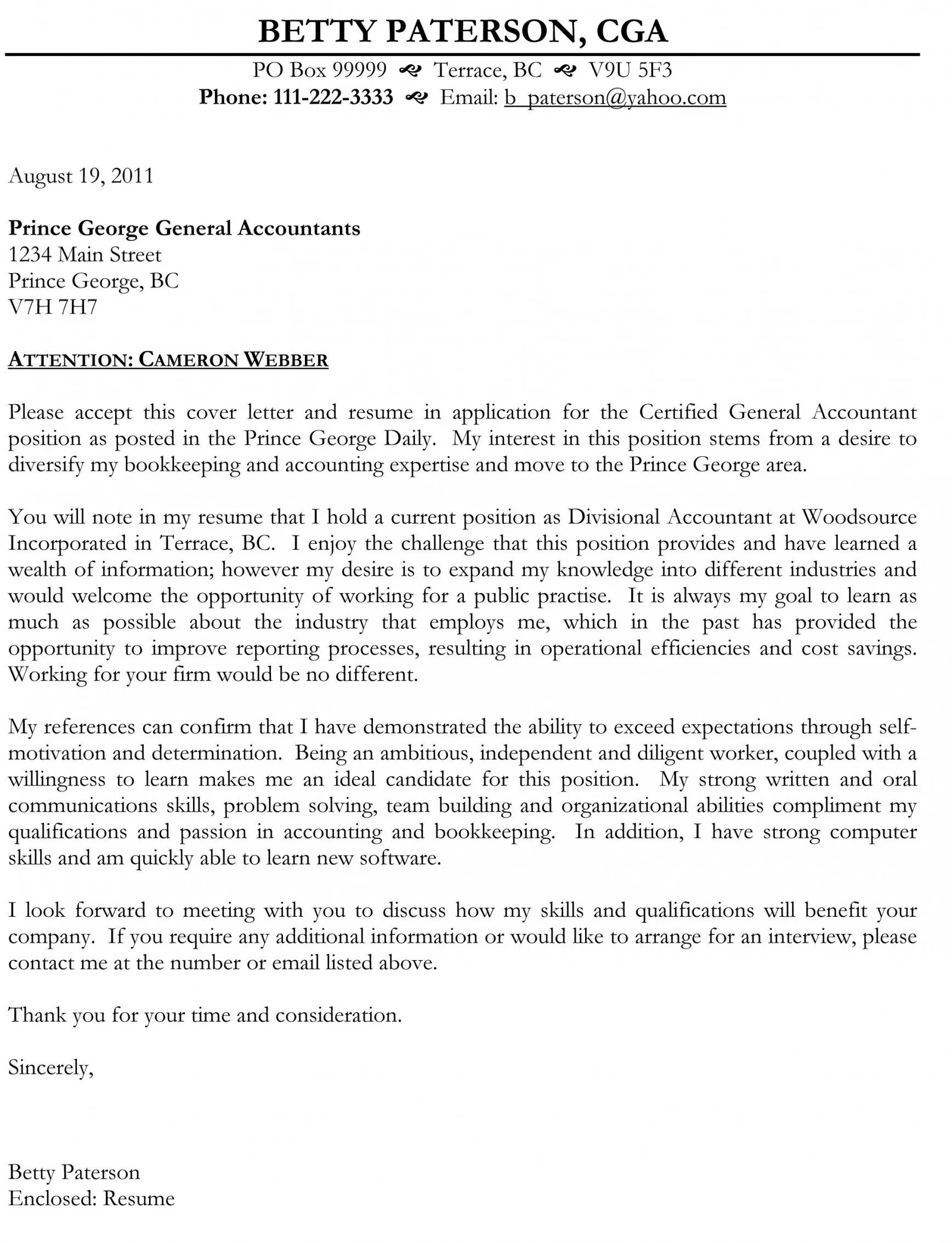
The closing paragraph should reiterate your interest in the position and summarize why you are a strong candidate. Briefly restate your key qualifications and express your enthusiasm for the opportunity. Include a clear call to action, such as stating your availability for an interview and providing your contact information again. Thank the hiring manager for their time and consideration. Keep the closing paragraph concise and professional. Make it easy for the hiring manager to take the next step by inviting them to contact you. A well-crafted closing paragraph leaves a lasting positive impression and increases your chances of receiving a response. A good call to action is essential.
Expressing Enthusiasm
Throughout your cover letter, express your enthusiasm for the opportunity. Show genuine interest in the company and the specific role. Avoid generic statements and use language that reflects your passion for the industry and the work. You can mention what excites you about the company’s mission, culture, or recent projects. This shows the hiring manager that you are genuinely interested in the position and are likely to be a motivated and engaged employee. Enthusiasm can set you apart from other candidates, and making this known is essential in Canada, where demonstrating a good attitude and a proactive approach is important. Let your personality shine through, and let them know you are excited about this opportunity.
Professional Closing and Signature
The closing of your cover letter should be professional and courteous. Use a standard closing, such as “Sincerely,” “Best regards,” or “Yours sincerely.” Avoid overly casual closings like “Cheers” or “Thanks.” After the closing, leave a few lines for your signature. If you are submitting a digital cover letter, type your full name below the closing. If you are printing your cover letter, sign your name in ink above your typed name. The professional closing and signature show your attention to detail and respect for the hiring manager. This final touch reinforces your professionalism and enhances the overall impact of your application.
Formatting Your Canadian Cover Letter
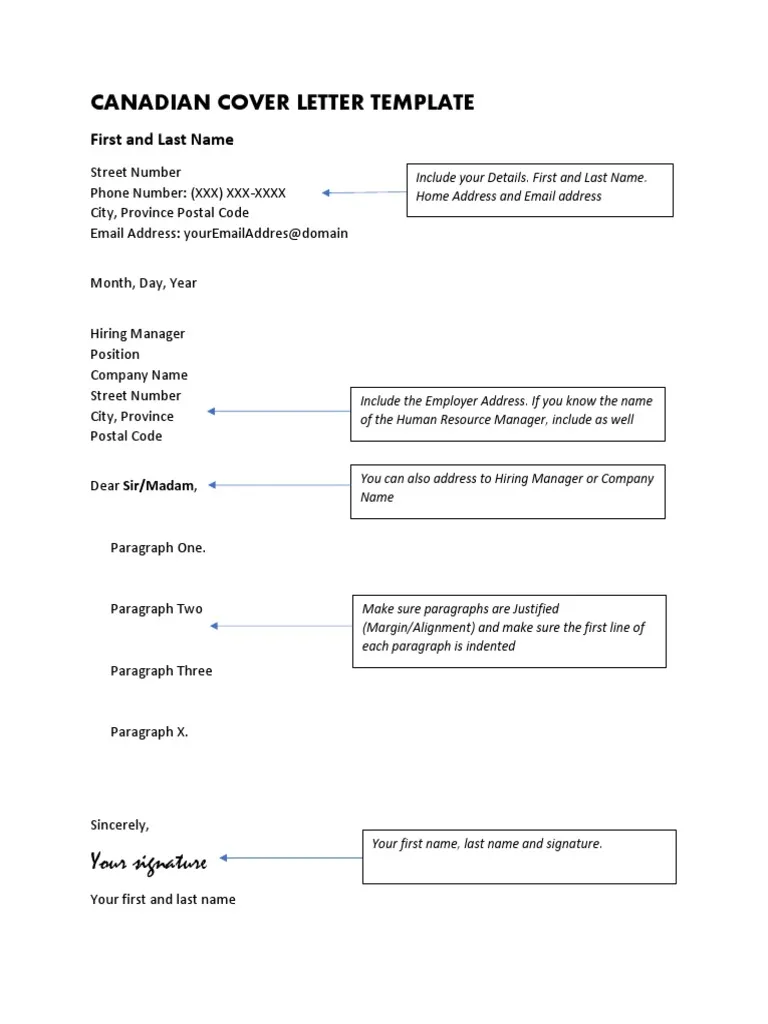
The formatting of your cover letter is essential for readability and professionalism. Proper formatting makes your letter easy to read, allowing the hiring manager to quickly understand your qualifications and skills. By following these guidelines, you can ensure that your cover letter is well-organized and visually appealing. The key is to ensure the formatting enhances the content, rather than distracting from it. This demonstrates your attention to detail and respect for the hiring manager’s time. Ensure your cover letter is visually appealing and easy to navigate.
Font and Font Size
Choose a professional, easy-to-read font, such as Times New Roman, Arial, Calibri, or Helvetica. Maintain consistency throughout the document. Use a font size between 10 and 12 points. Ensure that the font is clear and legible. Avoid using decorative or overly stylized fonts, as they can be distracting and unprofessional. Using a standard font and font size ensures that your cover letter is easy to read and conveys a sense of professionalism. These fonts are widely accepted and ensure that your document can be easily read across different devices and platforms. Keep your design simple and professional.
Margins and Spacing
Use standard 1-inch margins on all sides of your cover letter. This creates sufficient white space, making the document more visually appealing and easier to read. Use single-spacing within paragraphs and double-spacing between paragraphs. This spacing helps to separate ideas and improves readability. Proper margins and spacing are vital to the professional appearance of your cover letter. Adequate white space prevents the document from appearing cramped or cluttered, while appropriate spacing between paragraphs makes it easier for the hiring manager to follow your thoughts. This makes your cover letter more readable and visually appealing.
Proofreading and Editing
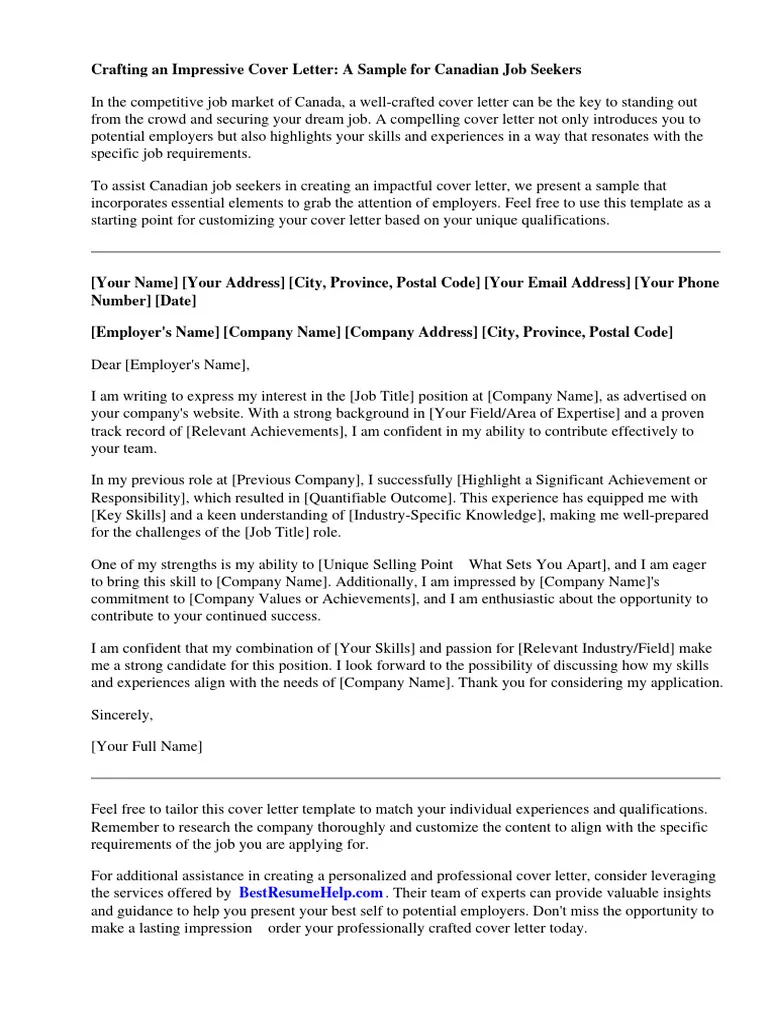
Proofread your cover letter carefully for any errors in grammar, spelling, and punctuation. Errors can undermine your credibility and make you appear careless. Ask a friend or family member to review your cover letter for a second opinion. They may catch errors that you have missed. Ensure that your cover letter is free of typos and grammatical errors. A polished cover letter demonstrates your attention to detail and commitment to quality. Proofreading is a critical step in the application process, which guarantees the message you are sending is accurate and professional. Having a fresh pair of eyes review your cover letter can catch any errors that you might have overlooked.
Common Mistakes to Avoid
Avoiding common mistakes can greatly improve your chances of getting noticed. These errors can lead to your cover letter being rejected without even being read. Being aware of these common pitfalls allows you to craft a compelling cover letter. By avoiding these mistakes, you can ensure that your cover letter showcases your skills, experience, and enthusiasm in the best possible light, making a positive impression on the hiring manager.
Generic Templates
One of the biggest mistakes is using generic cover letter templates without customizing them. While templates can provide a starting point, they should be adapted to match each specific job and company. Generic cover letters are easily identified by hiring managers, who can quickly tell that you haven’t taken the time to tailor your application to their specific needs. To avoid this, review the job description carefully, and tailor your letter to the requirements. Research the company, and highlight how your skills and experiences align with their values and goals. Personalization shows that you’re genuinely interested in the position and that you’ve put in the effort to create a compelling application.
Typos and Grammatical Errors
Typos and grammatical errors can damage your credibility and make you appear careless. Always proofread your cover letter carefully before submitting it. Ask someone else to review it as a second set of eyes can often catch mistakes that you’ve missed. Spell-checkers can help, but they won’t catch all errors, such as using the wrong word. Pay attention to details, such as punctuation and capitalization. Even minor errors can create a negative impression, so it’s essential to ensure that your cover letter is flawless. Take your time and double-check your work before submitting your application.
Overly Formal Language
While a professional tone is necessary, avoid using overly formal language that can make your cover letter sound stiff and impersonal. Use clear, concise language that is easy to understand. Write in an active voice to make your letter more engaging. Strike a balance between professionalism and personality. Your cover letter is your opportunity to showcase your communication skills, so use language that is both professional and engaging. Avoid jargon and overly complicated sentences. Ensure your writing reflects your personality and enthusiasm for the opportunity.
Cover Letter Examples Canada
Reviewing sample cover letters can provide valuable insights into how to structure your own. Examine these examples to see how others have effectively communicated their qualifications and enthusiasm. These examples can serve as a starting point for crafting your cover letter, helping you to organize your thoughts and ideas. Adapt the templates to fit your unique qualifications and target role. Understanding the format and content of successful cover letters will make it easier to create your own, ensuring it is professional and impactful. Remember, it is crucial to tailor your cover letter to each job, making it customized for each specific position.
Example 1 Entry-Level Position
This example demonstrates the basic structure and tone for an entry-level position in Canada. It typically starts with the contact information, a formal salutation, and a brief introduction highlighting the applicant’s skills and interest. The body should focus on education, relevant coursework, or internships, and any transferable skills. It should also include a strong closing, thanking the hiring manager for their time and expressing enthusiasm for an interview. Adapt this example for your personal skills and experiences. Insert a link to an entry-level cover letter example here, potentially from a reputable career website.
Example 2 Experienced Professional
This example illustrates a cover letter written for a professional with several years of experience. It should showcase the applicant’s achievements and how their previous roles have prepared them for the new position. The body of the letter should contain detailed examples of your successes. It is a strong option that highlights key accomplishments and experience. It is useful when highlighting your most impressive achievements and skills. Make sure your language is professional. Insert a link to an experienced professional cover letter example here, potentially from a reputable career website
Tips for Different Industries
The approach to writing a cover letter can vary depending on the industry. It’s important to tailor your cover letter to align with the specific expectations of the field. Each industry has its own set of norms and expectations, which is why tailoring your application will increase your chances of success. Research and adapt your cover letter to showcase your skills and knowledge, and follow any specific guidelines or requirements for that industry. Tailoring your cover letter to the industry standards demonstrates your understanding and commitment to the specific sector.
Tech Industry Cover Letters
Tech industry cover letters often emphasize technical skills, projects, and contributions to open-source projects. It is common to include details about your experience with specific technologies. Quantifying your accomplishments with metrics and results is essential. Highlighting your ability to solve problems and your passion for technology will impress the hiring manager. Make sure to write in an active voice with clear communication. Insert an image of a tech cover letter
Healthcare Cover Letters
Healthcare cover letters should highlight your compassion, empathy, and experience with patient care. Emphasize your knowledge of medical terminology and your ability to work in a team. Include details about your experience in providing support, education, and medical care. Make sure to showcase your commitment to patient safety and ethical practices. Customize your letter and align with any values from the healthcare facility. Insert an image of a healthcare cover letter
Resources for Cover Letter Writing
Several resources can assist you in crafting a compelling Canadian cover letter. Take advantage of these tools and services to improve your writing and application. These tools can help ensure that your cover letter is polished, professional, and effective in landing you an interview. Utilize these resources to improve your cover letter and job prospects.
Online Templates and Tools
Online templates and tools can provide a starting point for writing your cover letter. These can help you structure your letter and ensure that it includes all the essential elements. There are templates available for various industries and job roles, saving you time and effort. Utilizing templates and tools will help you create a professional and effective cover letter quickly. Remember to tailor the template to your specific needs and the job requirements. Choose from a variety of templates to get started. This is helpful when getting started. Review the design and content before submitting your application.
Professional Cover Letter Review Services
Consider using a professional cover letter review service to get feedback on your application. These services can provide valuable insights into your writing style and offer suggestions for improvement. The professionals who are offering this review service can help you refine your cover letter and ensure that it’s free of errors. A professional review can help you address any weaknesses in your writing, and they can help you highlight your strengths, thereby increasing your chances of landing an interview. This can be a great investment, especially if you are seeking a competitive position. This is a great option if you want a professional review of your cover letter, and a great way to improve your skills. Insert an image of a professional cover letter review
Final Thoughts
Writing a successful cover letter for a Canadian job application requires careful consideration and attention to detail. By following the guidelines outlined in this guide, you can craft a compelling letter that showcases your skills, experience, and enthusiasm. Remember to tailor your cover letter to each job, highlighting the relevant skills and experiences. Proofread and edit your cover letter carefully to ensure that it is free of errors. Take advantage of the resources available to help you write and improve your application. A well-written cover letter can make a significant difference in your job search and increase your chances of landing an interview. Give your cover letter the time and attention it deserves to stand out in the Canadian job market.
Key Takeaways
A well-written Canadian cover letter is a crucial part of any job application, which can help you stand out and make a great impression on hiring managers. When writing your cover letter, remember these key takeaways: always tailor your cover letter to each specific job and company, highlight relevant skills and accomplishments, and express your enthusiasm. Also, proofread and edit your cover letter to avoid errors. Make a great first impression with your cover letter, and always stay professional. By following these tips, you will be well on your way to landing your dream job.
